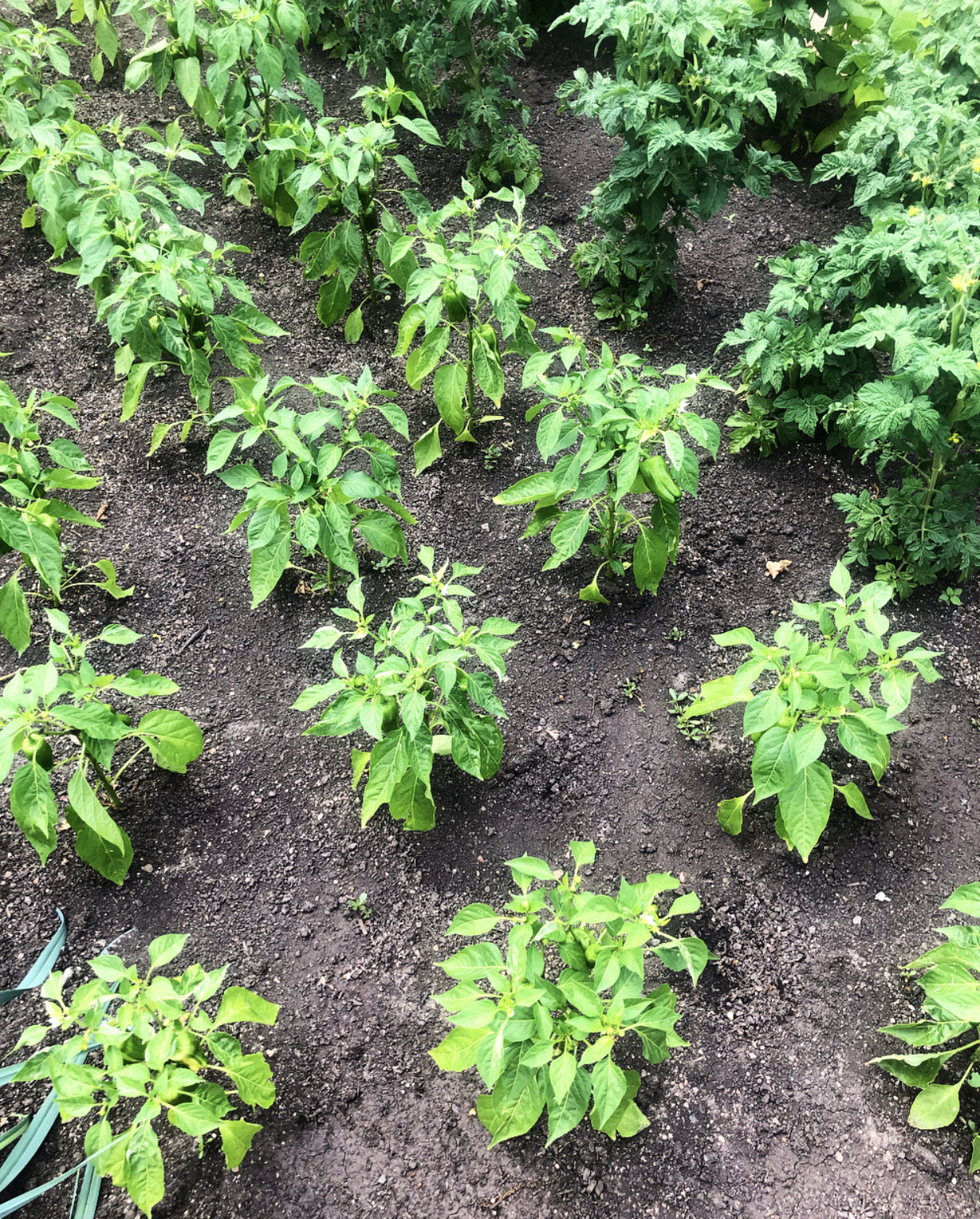Tilling 101
In agriculture, tilling is the process of turning over soils to loosen compacted areas, discourage weeds, warm the soil sooner in the spring or break up dead vegetation from last year's crops. Farmers have tilled soils since the very beginnings of agriculture, but recently, farmers and ecologists have realized that tilling is super bad for our soils.
Tilling soils too much or too aggressively can break hard-earned soil structure, which is leading to topsoil loss, pesticide runoff and soil erosion. Some farmers have escaped this destruction through more soil-friendly tilling practices. In this post, I'll tell you all about these conservative tilling practices.
No-till farming
No-till farming is exactly what it sounds like: planting and growing crops without turning up the soil. This type of tilling is uber sustainable because it preserves the entire soil structure. This way, the soil is able to retain water, transfer oxygen to plant roots and protect microbes.
However, this method does have some drawbacks. Some argue that no-till operations lead to greater herbicide use since many farmers till to discourage weed growth. But, if farmers pair no-till agriculture with other sustainable farming methods, like crop rotation, this increase in herbicides is less likely.
Farmers using the no-till method are also forced to plant later in the spring because tilling exposes deeper soils to warmth earlier in the year. With already limited growing seasons (especially due to climate change) this is less than ideal. Despite this, no-till methods are becoming increasingly popular in modern ag.
Strip Tilling
Strip tilling involves only turning small rows of soil (where crops will be planted) and leaving the rest of the field untilled. This method eliminates the primary issue of no-till farming: the lack of soil warming. Strip tilling allows farmers to warm soils and disturb some weeds without tilling the entire field. Although this method disturbs some soil, many farmers argue that this is a more realistic method of farming than no-till.
Ridge Tilling
The ridge tilling process consists of moving soil into ridges before crops are planted and then reinforcing those ridges when plants begin to grow. In this system, only a few inches of soil are disturbed to build the ridges, while the deep soil is left undisturbed. This allows all soil below the very surface to keep its structure, warms the soil slightly, and discourages weeds even more than strip-tilling. For this reason, some argue that ridge tilling is the best of both worlds. However, ridge tilling remains fairly uncommon in modern agriculture.

